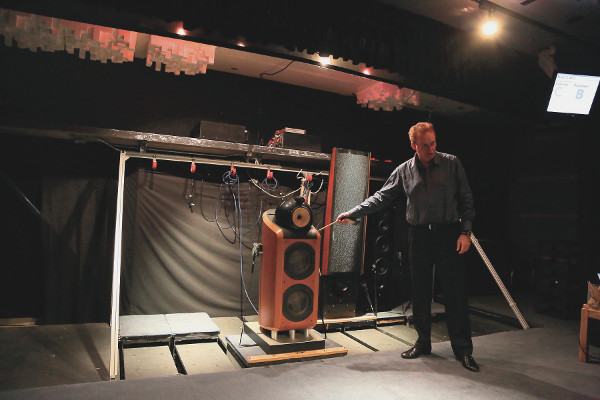OP
- Thread Starter
- #141
Not sure how to incorporate the weighting into the radar chart.One problem here is the breakdown view is visually misleading, as all four variables have the same scaling in this view, yet they have different weightings in the actual formula. So a small percentage difference in LFX for example has a comparatively large effect on the final score, whereas the same percentage difference in SM_PIR doesn't have as much of an effect. The radar plots don't currently account for this.
@MZKM would it be possible to instead of using a circular radar plot, have an asymmetrical quadrilateral plot, with the distance from the centre to each variable's 'maximum' vertex proportional to that variable's weighting in the formula? If that's not possible, the next best thing would be to use the current plot layout but simply adjust the variable values according to their formula weighting. Although this second option would not visually depict the maximum weighted quadrilateral, it would allow for visually better comparisons between variable values of different speakers, that are more representative of each variable's relative influence on total preference.
Also, the 'Best' value for NBD_PIR is not 0 as you use to calculate the percentage NBD_PIR score for the radar plot, it's more like 0.15 as I showed here using ideal dummy data with a perfectly plat PIR with a slope matching the ideal target of -1.75. (Note this 0.15 value is not exact, as I just used trial and error - the slope I got was actually -1.746. Maybe you can calculate an exact value for NBD_PIR (Best), working backwards from an exact sope of -1.75.)
I can make the NBD_PIR go to 0 by using the offset of the ideal slope. But, if we still feel this is harmful as Olive doesn’t state to do this (yet states to use an offset for Smoothness which does not effect the score), then I’ll currently keep it as is with that ~0.15 being the best.
@Sean Olive
Last edited:



